Loaf pans are bakeware or kitchen utensils for baking meatloaf, bread, pound cakes, and other loaf-shaped foods. When it comes to baking, choosing great loaf pans can be the unsung hero behind a perfectly baked product.
In this comprehensive guide, we unveil the key considerations and expert insights to empower business buyers in selecting the best loaf pans to elevate their culinary creations and drive success. The guide showcases several key factors to consider while stocking your inventory with loaf pans that meet your customers’ lofty baking needs.
Table of Contents
Understanding market trends for loaf pans
Key factors to consider when choosing loaf pans
Top design trends and materials in loaf pans for 2024
Conclusion
Understanding market trends for loaf pans
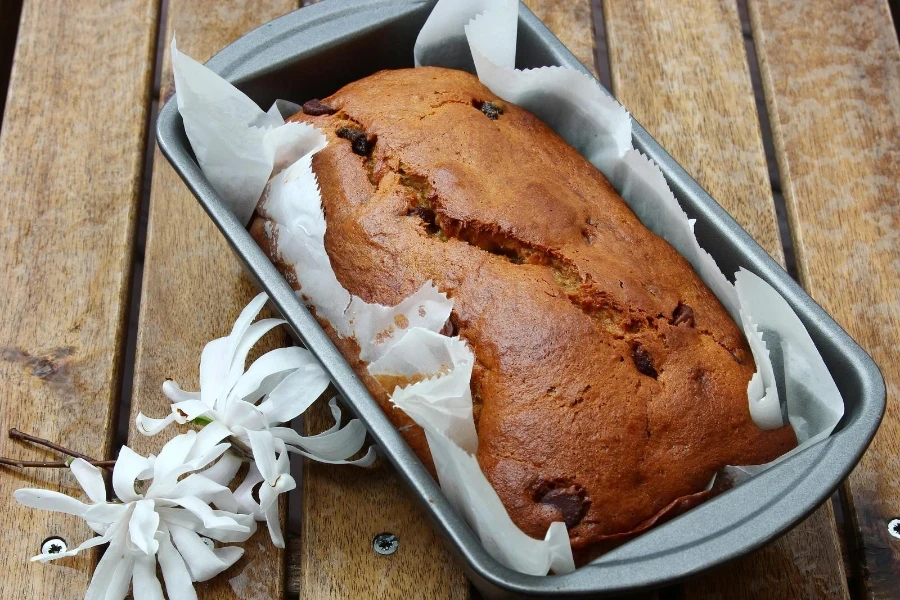
In 2022, the size of the global bakeware market was estimated to be US $3.72 billion. It is expected to expand exponentially at a compound annual growth rate (CAGR) of 5.9 percent from 2023 to 2030. The driving factors of this market are as follows:
Increasing consumer interest in home baking
Consumers’ increased interest in cooking and home baking has resulted in more vibrant kitchens worldwide. With ovens warming up to bake loaves and cakes, the demand for versatile loaf pans is always high.
Innovation in bakeware
Developing non-stick coatings and advanced heat distribution technologies drives demand for the loaf pan by offering greater efficiency and precision to professional kitchens. These advancements cater to evolving needs, making innovative loaf pans compelling for businesses seeking to differentiate themselves in the competitive baking industry.
Influence of food blogging
The influence of social media and food blogging on baking trends shapes consumer preferences and drives demand for bakeware and loaf pans. As visually driven platforms showcase tantalizing creations and innovative baking techniques, enthusiasts are inspired to replicate these trends, fueling the need for specialized bakeware to achieve professional results at home.
Key factors to consider when choosing loaf pans
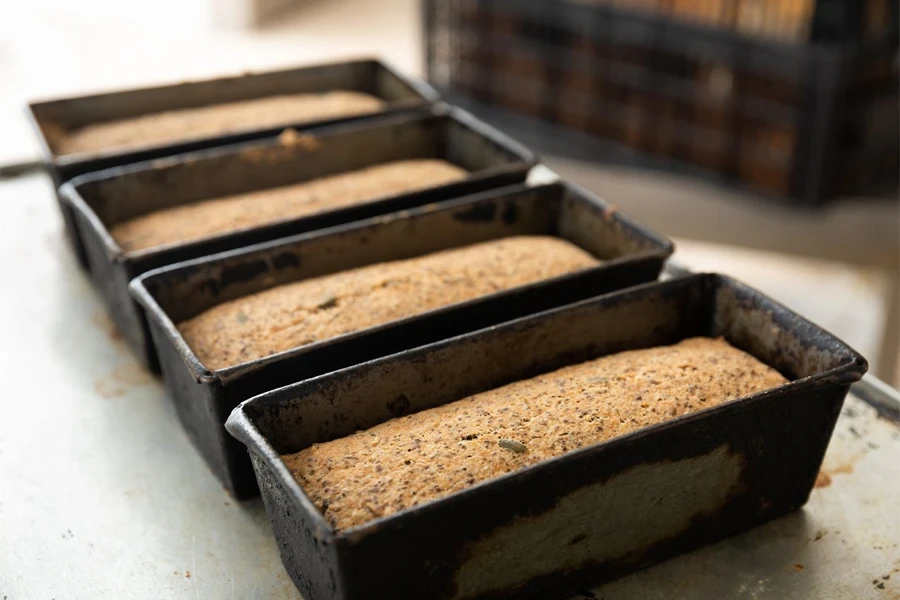
Material and heat conductivity
The loaf pan material significantly affects the baking process and its outcomes. Common materials for making loaf pans include metal, such as aluminized steel or aluminum, which offer excellent heat conductivity, as well as silicone, glass, and ceramic.
Size and shape
Regarding loaf pans, sizes and shapes are vital, especially for consumers following specific recipes. Loaf pans are available in several sizes, but the most common dimension is 9×5 inches.
Maintenance and durability
Loaf pans must be kept in excellent condition for longevity. This is why maintenance and durability are crucial. Some thin metals warp under extreme heat, while glass loaf pans can break if dropped accidentally. It is necessary to select loaf pans that are durable and of high quality.
Price point and quality
Since loaf pans come in a wide price range, there will always be something for someone who wishes to bring their baking dreams to reality. Of course, investing in premium loaf pans offers superior baking performance and durability, which are cost-effective in the long run.
Top design trends and materials in loaf pans for 2024
Aluminized steel loaf pans
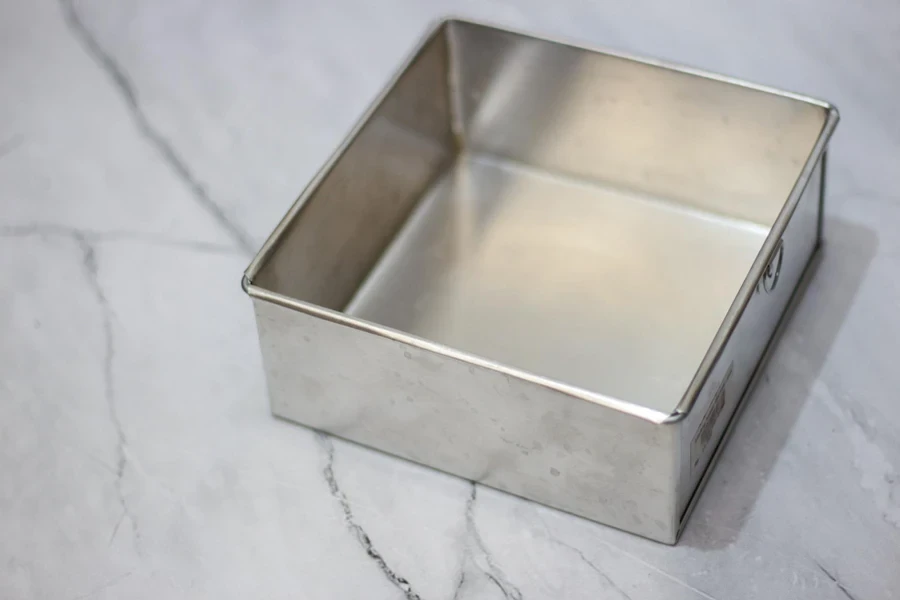
Aluminized steel loaf pans are known for their heat distribution qualities and strength. The Americoat nonstick coating further enhances these attributes for seamless bread release. This loaf pan choice underlines a trend toward efficient, durable baking tools that simplify baking processes and cleanups.
This loaf pan’s superior heat distribution ensures 100 percent browning and even baking. It is a wise investment for consumers interested in baking perfect loaves every time. Its durable construction resists corrosion and warping, which promises several years of reliable use.
Cast iron loaf pans
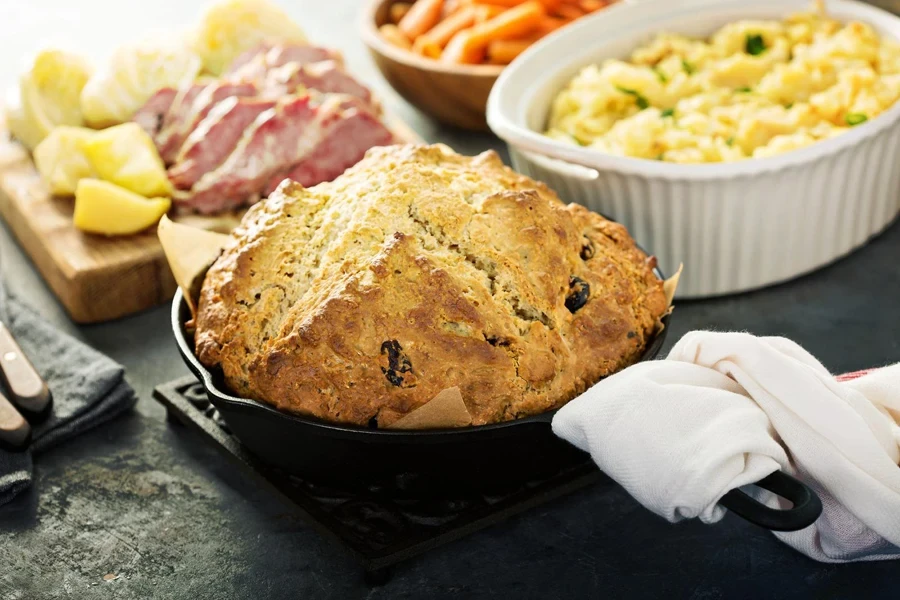
Cast iron pans are the perfect choice for consumers seeking exceptional heat distribution and retention. These qualities are essential for successful baking, as each loaf is cooked evenly with beautifully browned crusts. Generations can use them, as cast iron pans become even better with age and use.
A cast iron loaf pan excels primarily at baking denser bread. It is versatile and can accommodate several recipes, from sweet banana breads to savory meatloafs. Although maintaining its non-stick surface requires seasoning, the effort pays off with the superior texture and taste of baked products.
Silicone loaf pans

Silicone loaf pans are all about flexibility and convenience. Consumers using this loaf pan type can easily remove baked goods without sticking. It offers an easy baking experience and can withstand wide temperature ranges. Maintenance is straightforward, as it helps bakers streamline kitchen tasks.
This loaf pan quickly demolds baked products, which reduces the risk of breakage. It is ideal for consumers who love baking bread and delicate cakes. This pan also comes with a non-stick surface that negates the need for excessive greasing. This simplifies cleanup and ensures healthier baking options.
Stainless steel loaf pans
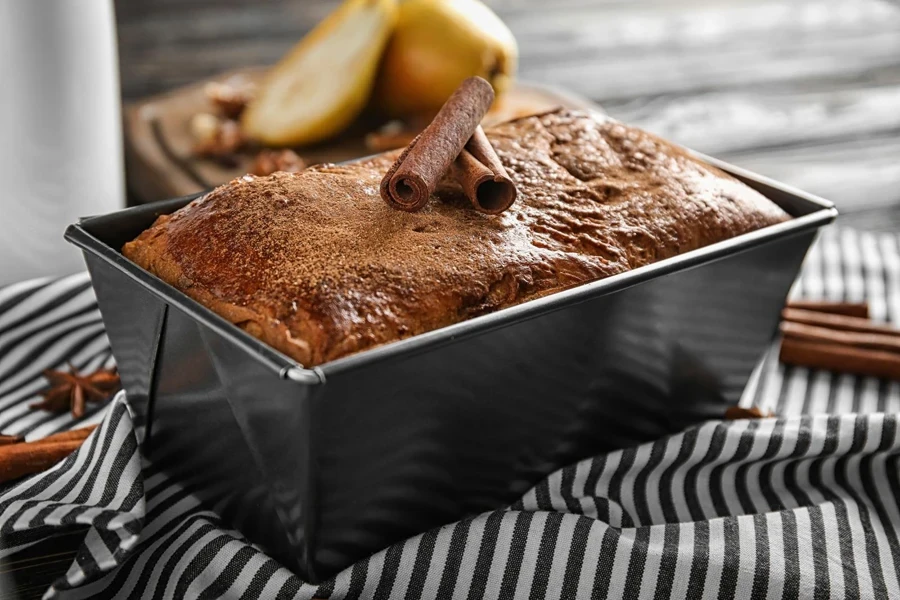
Stainless steel loaf pans are loved for their superior heat conductivity and durability. Avid bakers make this loaf pan type a staple in their kitchens, offering baking experiences essential for creating perfect loaves. Pans maintain their quality and shape over time and resist stains and rust.
Stainless steel loaf pans’ sleek appearance adds professional touches to kitchens. Some pans come with a non-stick coating for easy release and cleanup. However, a well-greased stainless steel loaf pan always performs exceptionally well by releasing loaves effortlessly.
Ceramic loaf pans
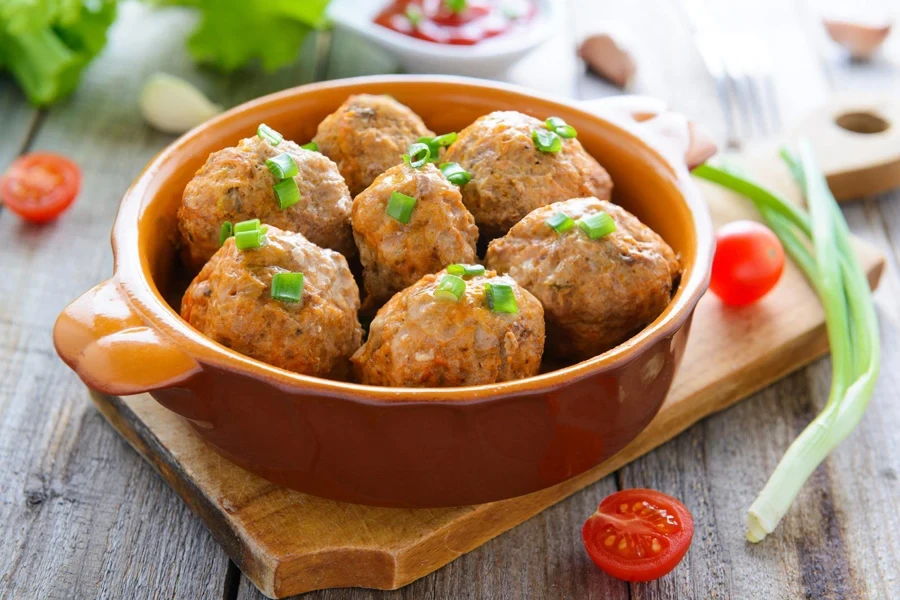
Consumers who love combining form with function love ceramic loaf pans. These aesthetically pleasing pans have excellent heat retention properties, making them ideal for baking specialty loaves like pound cake and banana bread. They ensure a consistent texture and a beautifully browned crust.
Additionally, since ceramic pans have non-stick surfaces, they simplify the release of loaves. This makes the entire baking and cleanup process a walk in the park. Consumers who value presentation always opt for ceramic loaf pans as a must-have kitchen utensil.
Glass loaf pans
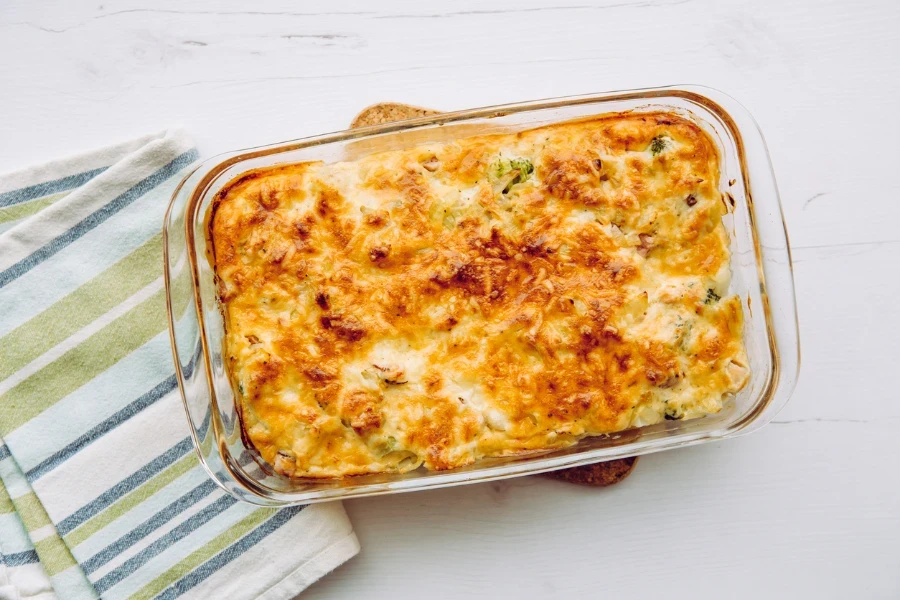
Professional bakers and home-baking enthusiasts celebrate glass loaf pans for their unique ability to distribute even heat. Consumers can monitor baking progress without even opening the oven. The results are more consistent and reduce the risk of overbaking.
Moreover, glass pans do not react with the acidic ingredients often required in baking. This ensures the flavors of the baked products stay pure. The pan’s aesthetic appeal makes it ideal for serving directly at the dining table. Glass loaf pans effectively combine style with functionality for consumers.
Conclusion
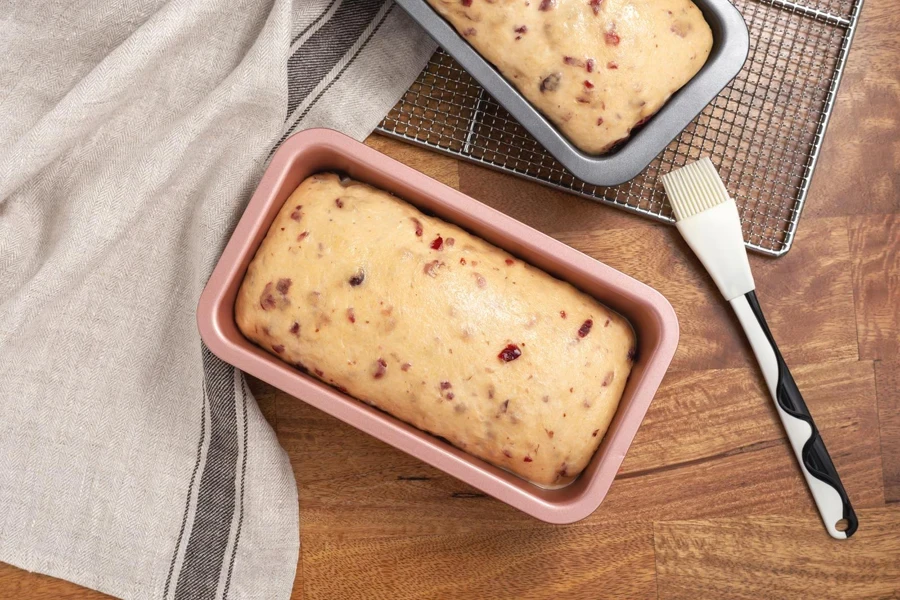
Each loaf pan highlighted in this guide offers unique benefits, from easy cleaning and release to even heat distribution. You should never miss this lucrative opportunity to stock your inventory with diverse bakeware.
The best way to ensure and guarantee the utmost satisfaction and repeat business is to cater to the varied preferences of bakers, whether professionals or home-baking enthusiasts. Having these loaf pans in your inventory positions you as the go-to source for the best loaf pans ever.




